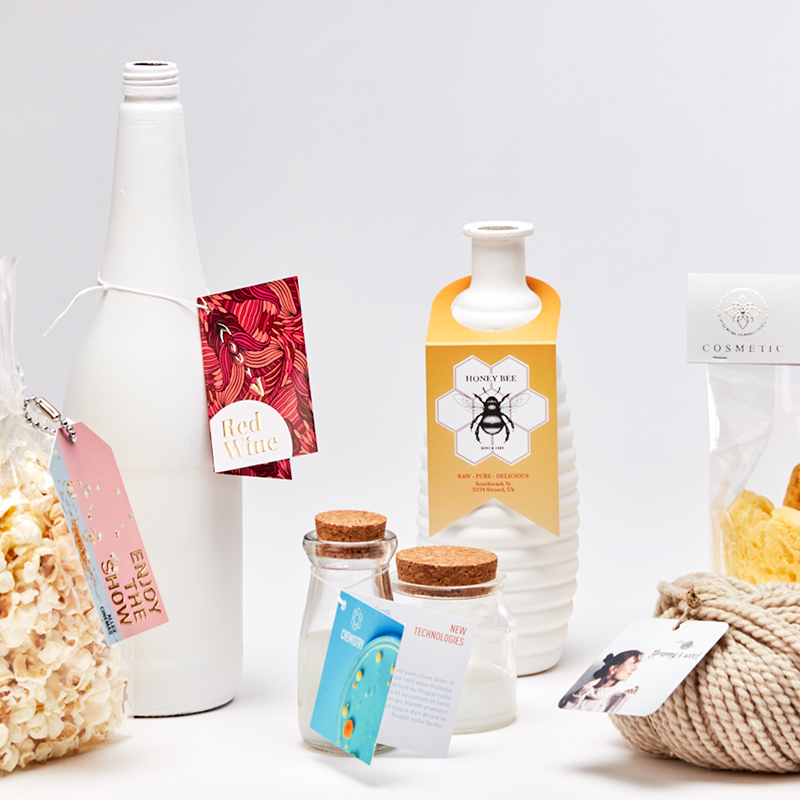The Environmental Impact of Disposable Plastic Coffee Cups
In today’s fast-paced world, coffee has become an essential part of many people's daily routine. Whether running to catch a train or enjoying a brief respite in a bustling office, the convenience of disposable plastic coffee cups has made them a popular choice. However, this convenience comes with significant environmental repercussions that we can no longer afford to ignore.
Disposable plastic coffee cups, primarily made from polyethylene-lined paper or pure plastic, account for a substantial portion of the waste generated each year. According to the Environmental Protection Agency (EPA), about 25 billion coffee cups are used in the United States alone annually, with a staggering number ending up in landfills. Most of these cups are not recyclable due to the plastic lining, which compromises their recyclability. This means that a significant amount of waste that could have been diverted from landfills instead contributes to the growing pollution crisis.
One of the most concerning aspects of disposable plastic coffee cups is their contribution to pollution in our oceans. Estimates suggest that millions of tons of plastic enter our oceans each year, posing a grave threat to marine life. Sea turtles, birds, and other wildlife often mistake plastic debris for food, leading to suffocation, starvation, and ultimately death. The consumption of microplastics by these creatures can also have dire implications for the food chain, affecting human health as well.
It is important to recognize that the production of these disposable cups is not without its environmental costs either. The process involves extensive resource extraction, including trees for paper and fossil fuels for plastic. This extraction process contributes to deforestation and carbon emissions, further exacerbating climate change. In addition, the manufacturing process for these cups often involves significant water usage, which can strain local water resources.
disposable plastic coffee cup

Given these daunting implications, many individuals and companies are evaluating alternatives to disposable plastic coffee cups. Reusable cups have emerged as a practical solution, allowing consumers to enjoy their coffee without contributing to the global waste problem. Many coffee shops are now encouraging customers to bring their own mugs by offering discounts or incentives, fostering a culture of sustainability in everyday coffee consumption. With numerous designs and materials available, reusable cups can also serve as a fashion statement, reflecting the values of environmentally conscious consumers.
Moreover, organizations and businesses are innovating in the realm of eco-friendly disposable options. Some companies are producing biodegradable or compostable coffee cups made from organic materials. While these alternatives are more sustainable than traditional disposable cups, they still require proper disposal methods to ensure they break down effectively. Composting facilities must be available and accessible; otherwise, these cups may end up in landfills, contributing further to the waste crisis.
Education and awareness play crucial roles in addressing the issue of disposable plastic coffee cups. By informing consumers about the environmental consequences of their choices, we can encourage them to make more informed decisions. Grassroots campaigns, social media awareness, and community programs can help shift consumer behavior towards more sustainable practices. This can be achieved through the promotion of reusables, the organization of clean-up events, and partnerships with local businesses to create a more sustainable coffee culture.
In conclusion, while disposable plastic coffee cups offer convenience, their environmental impact is far-reaching and detrimental. The time has come to rethink our coffee consumption habits and consider the long-term consequences of our choices. By embracing reusable cups, supporting biodegradable alternatives, and fostering a culture of sustainability, we can reduce our ecological footprint and contribute to a healthier planet. Each small change makes a difference, and together, we can pave the way for a more sustainable future, ensuring that our morning coffee does not come at the cost of our environment.



